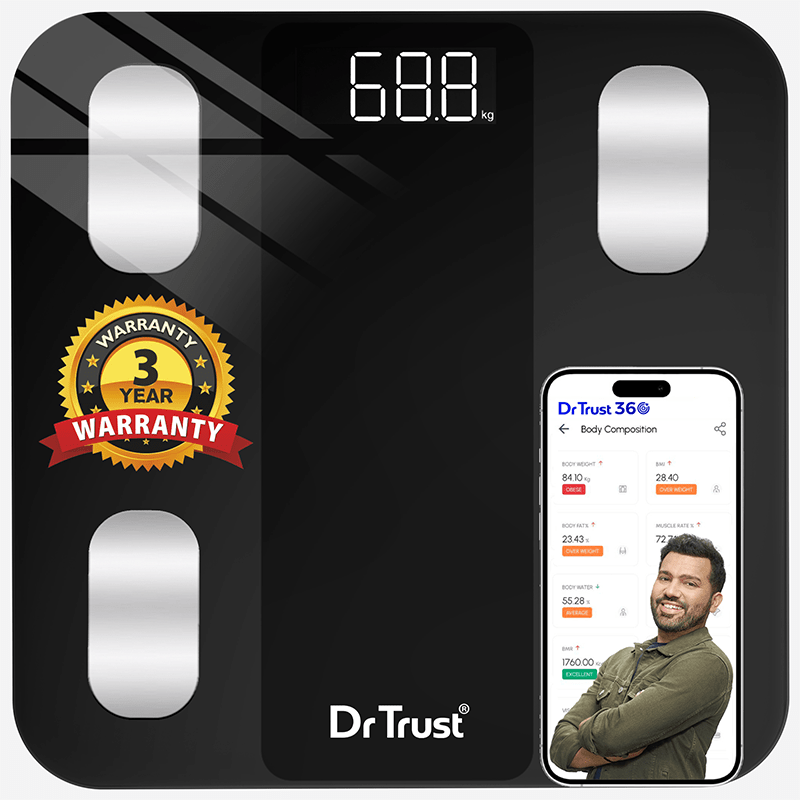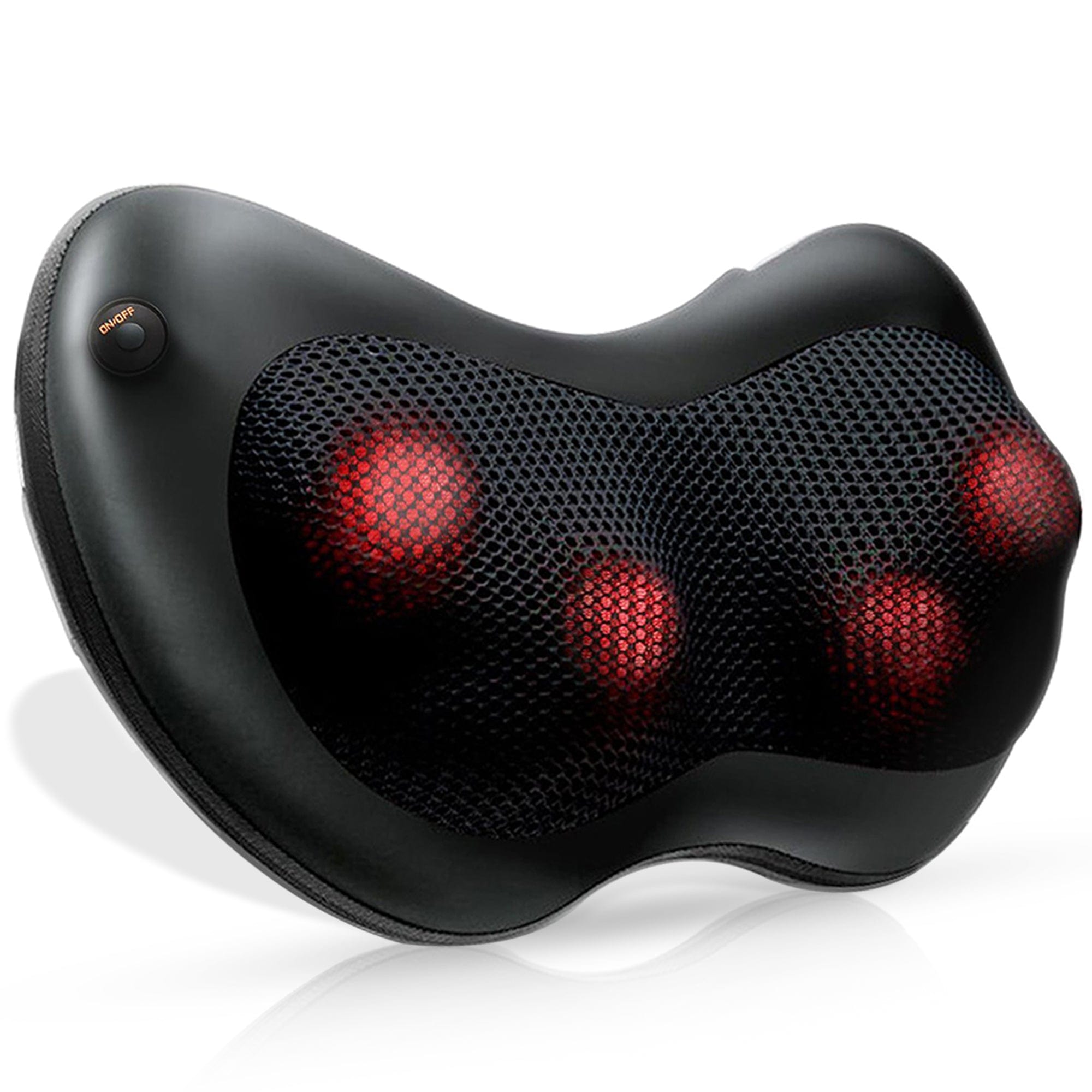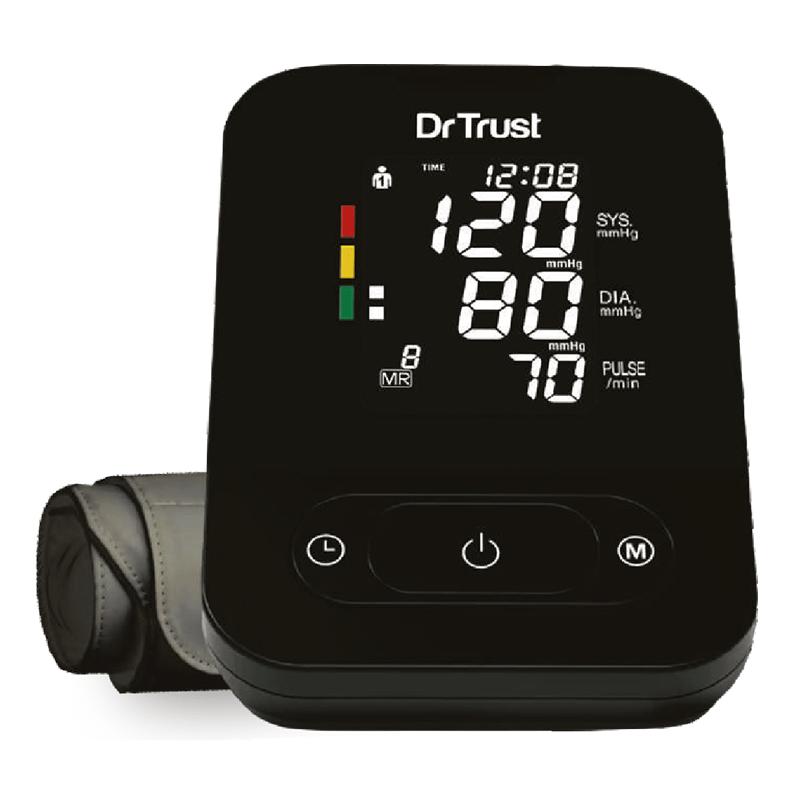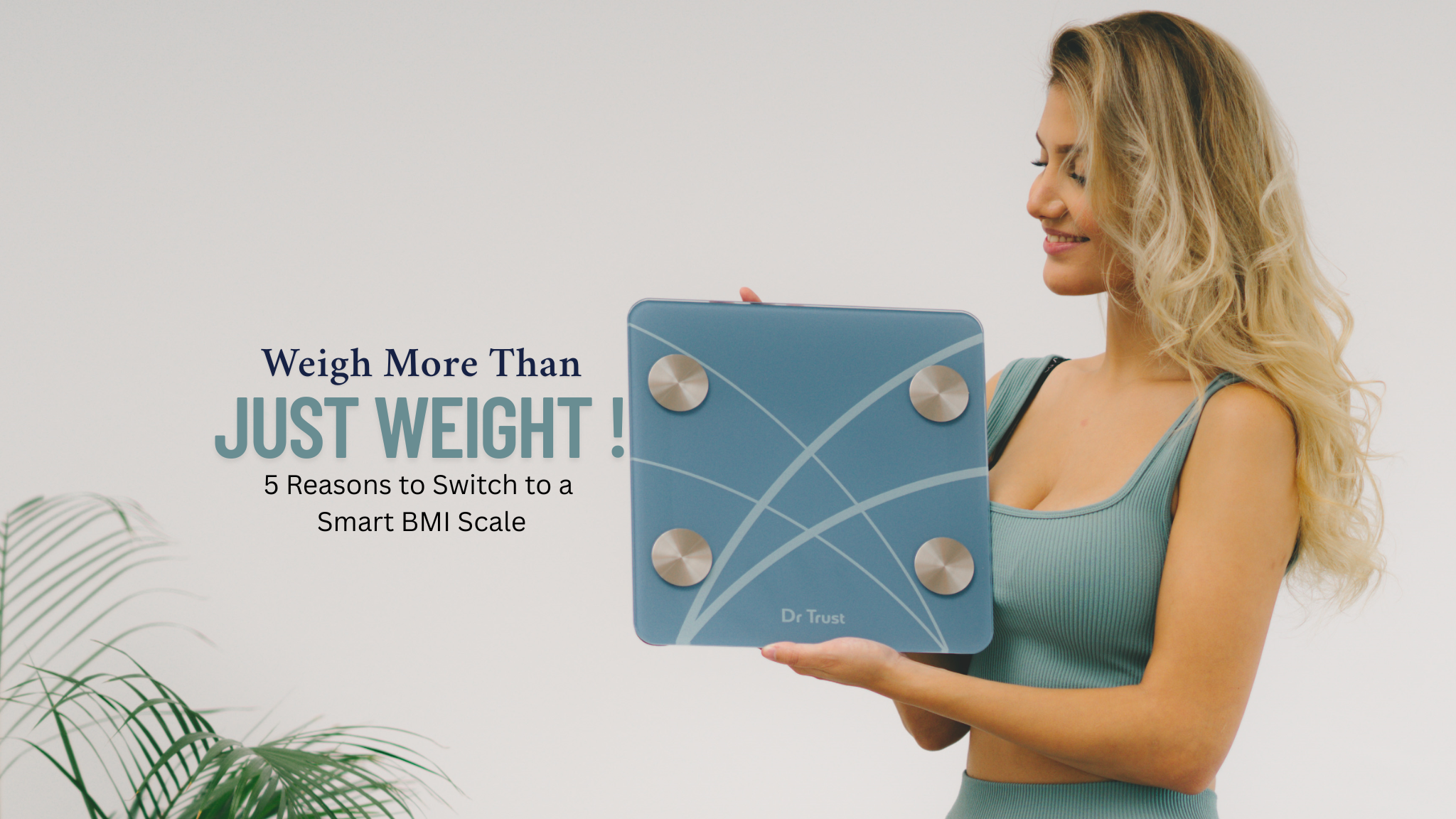Anxiety and stress trigger real physical reactions – racing heart, higher blood pressure, rapid breathing, and even swings in blood sugar. Home monitors (BP cuffs, pulse oximeters, glucose meters) translate those symptoms into data you can track.
“Research shows wearable BP monitors catch anxiety-driven spikes, and one study noted home tracking gives patients confidence and “reassurance” in managing their health. Regular monitoring and anxiety management can even help prevent chronic high blood pressure.”
In short, such monitoring gives clear evidence of stress’s impact. For example, seeing a normal heart rate during a panic attack can truly reassure you that no immediate danger is occurring right now, which can be comforting.
Blood Pressure Monitors: Your Stress Barometer
Stress and anxiety often send blood pressure soaring, even if temporarily. Tracking BP at home with a validated upper-arm cuff lets you spot those spikes and avoid the “white coat” effect. In fact, a study found a wearable BP device recorded significantly higher readings during anxious moments.
How to Make Home BP Monitoring Work for You?
● Use a validated upper-arm cuff: Choose an automatic monitor proven accurate and fit the right cuff size.
● Measure consistently: Sit quietly 5–10 minutes before testing. Take 2–3 readings a minute apart and use the average.
● Log your results: Record each reading with context (time of day, mood, and activity). Patterns often emerge – for example, BP might spike before a big meeting.
● Check with your doctor: Bring your monitor to appointments to compare with office measurements (AHA recommends this annually). Share any concerning trends.
Many patients say home BP monitoring brings “peace of mind” and helps them feel “at ease” about their health. Early warnings from spikes can even provide “psychological relaxation” by catching issues early. Indeed, Dr Trust calls these monitors “a valuable tool for managing anxiety and maintaining good cardiovascular health”. Over time, seeing how your BP responds can motivate positive change: a high reading might prompt deep breathing or lifestyle tweaks, breaking the stress–hypertension cycle.
Pulse Oximeters: SPO2 and Heart Rate Insights
A pulse oximeter clips on your fingertip to measure blood oxygen saturation (SpO₂) and pulse rate. Stress and anxiety can narrow airways and speed up breathing, potentially lowering oxygen levels. A pulse oximeter gives instant feedback: if you feel dizzy or breathless, checking SpO₂ shows whether it’s due to shallow breathing. It also shows your heart rate, so you can watch your pulse calm as you relax.
Pulse oximeter tips:
● Check oxygen during stress: If you are breathless, a low SpO₂ suggests slowing your breathing. A normal reading can reassure you that your oxygen level is fine.
● Track your pulse: Notice sudden spikes during anxiety. Use deep breathing or meditation to bring it down, and watch your pulse fall.
● Use guided modes: Some devices have “relaxation coach” features that pace your breathing based on real-time data.
● Know when to seek help: These are consumer devices, not diagnostics. Most people need an oxygen saturation of about 89% or higher. If SpO₂ falls near or below 90% and symptoms worsen, treat it seriously.
Pulse oximeters are not just medical gadgets. They show real data about your breathing under stress. By tracking SpO₂ and pulse, you can tell if your symptoms need action or not. Even seeing your oxygen is stable often calms anxiety. Remember, many fitness trackers and smartwatches now include heart rate and SpO₂ sensors. These devices provide passive tracking throughout the day, giving extra insight into how daily events affect you.
Glucose Monitors: Sugar, Stress, and Clarity
Blood sugar swings can masquerade as anxiety. Low sugar (hypoglycemia) triggers adrenaline and panic-like symptoms, while stress hormones can raise glucose. The most reliable way to tell the difference is to measure your blood sugar. For example, if you are anxious and your reading is under ~70 mg/dL, eating a balanced snack may quickly help. If glucose is normal, anxiety is likely the culprit.
Tips to Monitor Your Glucose:
● Test when symptoms hit: Keep a meter handy. A low reading confirms hypoglycemia; a normal one points to stress.
● Use CGMs for patterns: If you have diabetes or frequent lows, a continuous glucose monitor logs data 24/7. It reveals how meals, exercise, sleep and even stress (like a tough day) affect your sugar.
● Learn and adapt: Use your data to adjust habits. If stress spikes your sugar, try walking or a protein snack. Over time, you will see what works to stabilize your levels.
In sum, glucose monitors turn guesswork into clarity. With a CGM, you can “track how stress affects your blood sugar levels”, so you can tackle the root causes of your jitters. Even occasional finger-stick checks can guide simple fixes and reduce anxiety about “mysterious” symptoms.
Tips for Effective Self-Monitoring
Follow these best practices to make health-tracking count:
📌👉 Be consistent: Measure at the same times and conditions. For example, sit quietly before taking BP, or test glucose at fixed intervals after meals.
📌👉 Record context: Keep a simple log or app. Note each reading with mood, activity or food. Patterns emerge over days or weeks.
📌👉 Use smartphone apps: Many monitors sync to phone apps or online dashboards. These can log readings automatically, plot trends, and even alert you to high values. Sharing app data with your doctor makes follow-up easier.
📌👉 Use devices correctly: Proper technique is key. Follow instructions for cuff placement, warm fingers for oximeters, and calibrate meters if needed. (Healthcare pros can verify your device’s accuracy at checkups.)
📌👉 Act on results: Use data to guide action. High BP? Try deep breathing. Low glucose? Have a protein-rich snack. Then re-measure to see the effect.
📌👉 Avoid obsession: Do not over check. Aim for a few readings a day or when symptoms appear. Over monitoring can itself cause anxiety.
Self-monitoring is a tool, not a replacement for care. Use it to inform your doctor or reinforce healthy habits. The goal is awareness, not anxiety.
Choosing the Right Devices
Accuracy and validation matter. Get monitors that meet clinical standards. For BP, stick with upper-arm cuffs approved by health organizations. For glucose or oximeters, choose FDA-cleared models with clear accuracy specs. Many devices now link to apps or cloud platforms for easy tracking.
Consider your needs: even a basic oximeter can help if anxiety is your main concern. If you have health conditions, investing in a high-quality BP monitor or CGM may pay off. Always start with one device and learn it well. Before trusting a new device, double-check it – for example, compare your home BP reading with a professional test. This ensures the data you act on is reliable.
Taking Action: Empower Yourself
These monitors turn hidden stress signals into actionable information – and that alone can reduce anxiety. Knowing what is happening inside your body often brings “peace of mind” and control.
Ready to take control? Start with one device and use it this week. See what you learn about your stress patterns, and discuss them with a healthcare professional. Each reading is a step toward understanding and improving your self-care.
If you found this helpful, try monitoring one metric today.
Your first reading is a step toward peace of mind and control.















